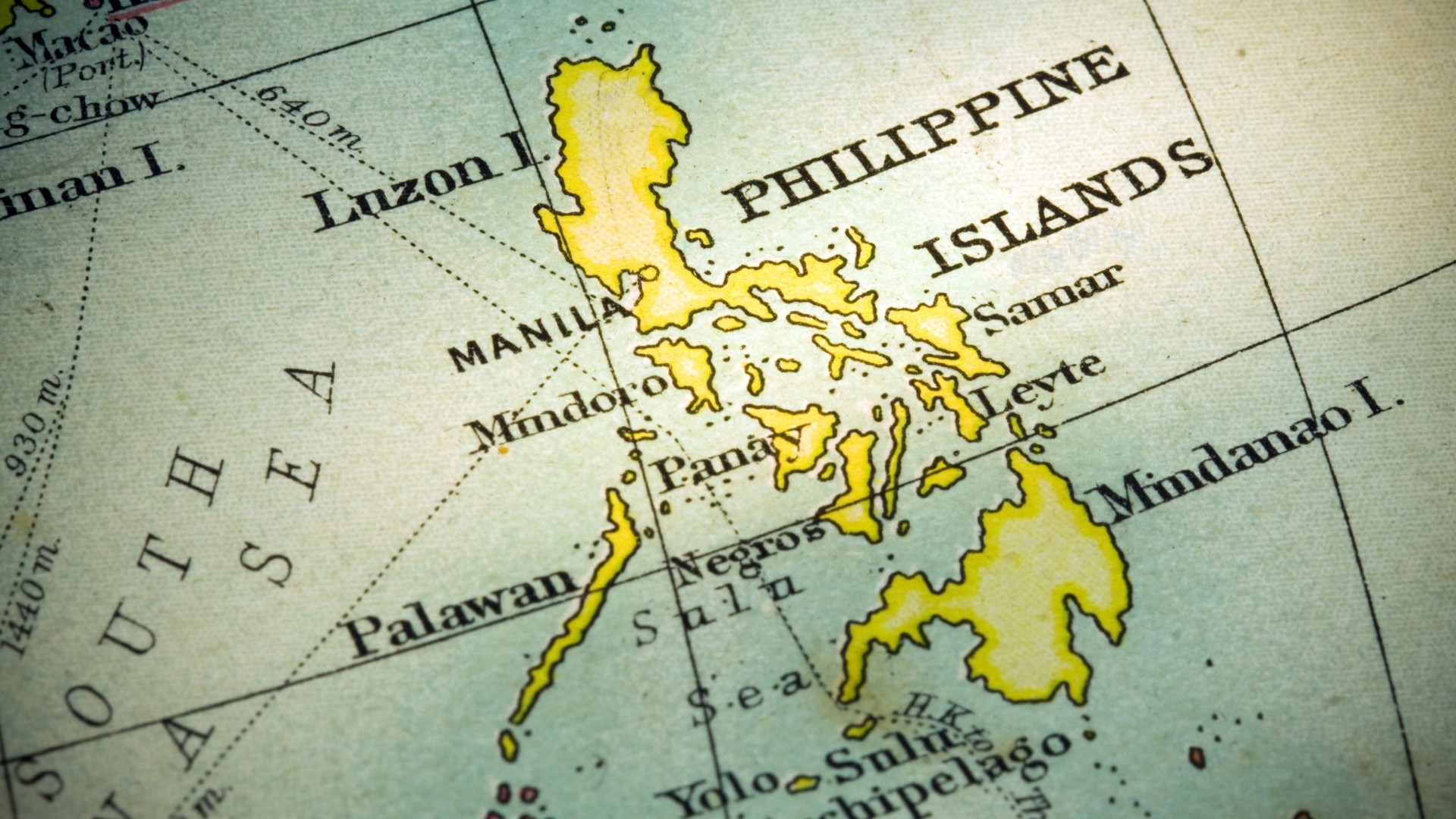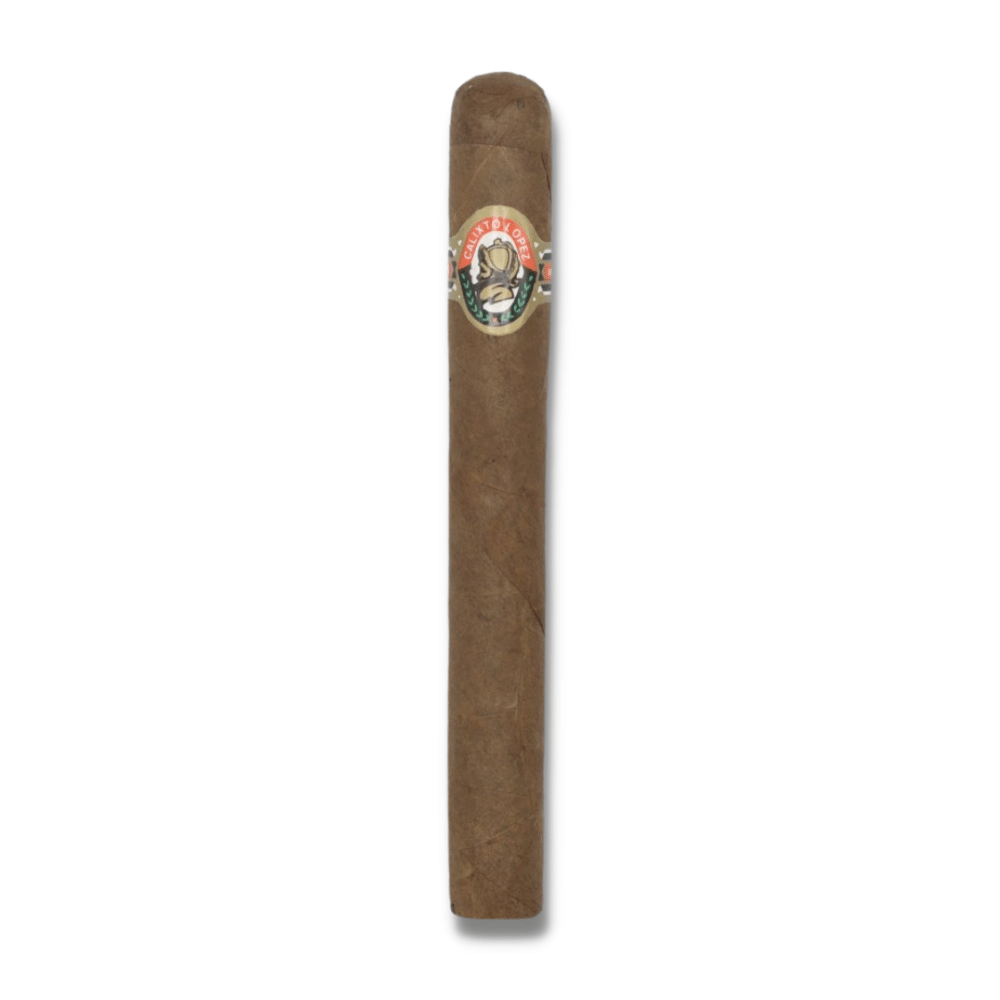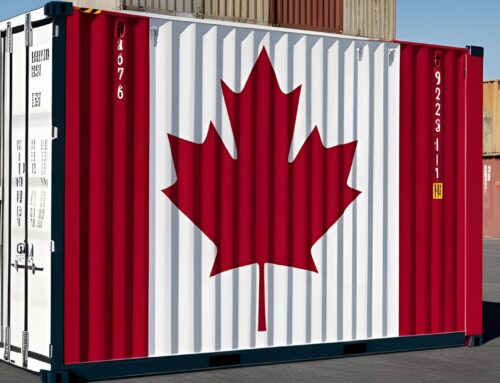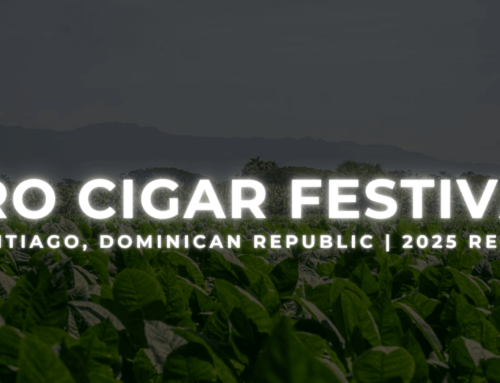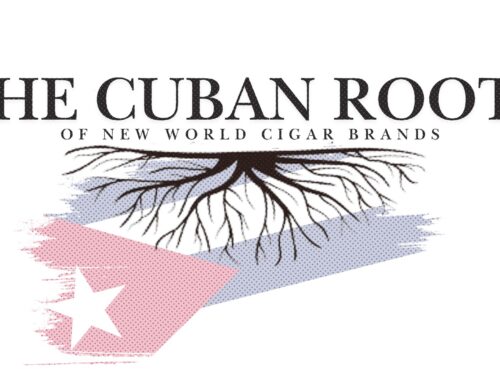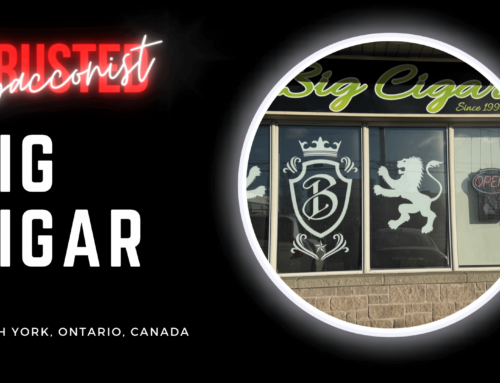When we think of cigar-producing nations, the mind often defaults to the likes of Cuba, Nicaragua, and the Dominican Republic. Maybe even Honduras or the USA.
How about the Philippines?
As it turns out, tobacco has been produced in the Philippines for over 400 years. As a result, the Southeast Asian island nation now has over 30 tobacco growing provinces, and is home to a few storied brands of cigars with a very solid reputation for quality.
A Little History
The area we now call the Philippines was first colonized by Spain in 1521 by Ferdinand Magellan, a Portuguese explorer sailing for Spain. Magellan named the islands “Las Felipinas” after King Philip II of Spain.

Explorer Ferdinand Magellan
Tobacco was first introduced to the Philippines 1591. 50 kilograms of tobacco seeds were said to have come from the Spanish colony of Cuba aboard the San Clemente Galleon.
The seeds were to be grown in the Philippines as growing conditions were far better suited to tobacco than the likes of Spain or other European countries.
The initial seeds were planted by Catholic Friars in the Cagayan Valley in the province of Isabella, which boasted lush, fertile growing conditions that were held in comparison to the Vuelta Abajo in Cuba.
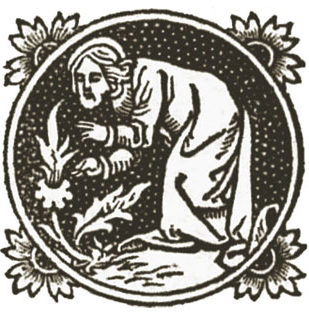
Illustration of a Catholic friar harvesting tobacco
As European appetite for tobacco continued to grow, ‘the Manila cigar’ was being enjoyed in some of Europe’s finest smoking salons. As a result, the people of the Philippines were put to work growing tobacco for export to Europe and to generate revenue for the crown.
Around the late 1700s, the Philippine tobacco industry was vibrant. Local companies were established, and alongside the farmers, they were able to produce tobacco for export and for the local market as well.
Tobacco production offered a sense pride for the people and became quite intertwined with Philippine culture.
Soon however, Spain established an oppressive monopoly over the Philippine tobacco industry that would result in abuse and horrific conditions for the local population. As a consequence of the monopoly, the Philippines became the biggest tobacco-producing country in Asia while the people struggled under Spanish rule.
This persisted until 1881 when the monopoly was finally abolished under King Alfonso III.
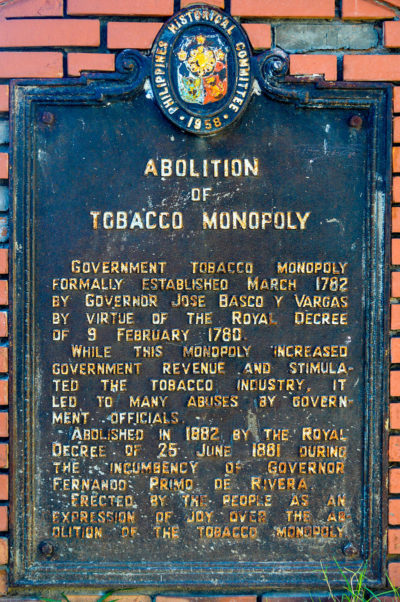
A placard recognizing the abolishment of Spain’s tobacco monopoly in the Philippines. Source: Wikicommons
Shortly after, influential Spanish businessman Antonio Lopez y López founded the Compania General de Tabácos de Filipinas S.A., also known as the Compania de Filipinas (CdF), or by its nickname, “La Tabacalera,” as the privatized version of the tobacco monopoly.
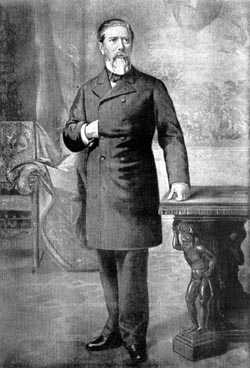
La Tabacalera established “La Flor de la Isabela” (the Flower of Isabela) in 1887. By the late 19th century, primarily through the export of La Flor de la Isabela, ‘the Manila cigar’ became every bit as celebrated throughout the world as ‘the Havana Cigar’.
Around this time, the Philippine cigar industry experienced a significant boom, with La Flor de la Isabella leading the charge. Into the 20th century, La Tabacalera would eventually employ in excess of 5,000 people within a state of the art factory.
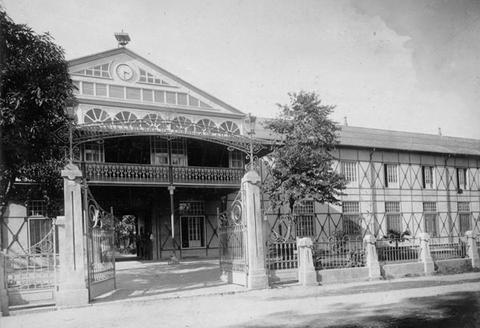
The Flor de la Isabella Cigar Factory
Sadly, many of Tabacalera’s facilities were destroyed after the WWII liberation of the Philippines from Japan by the United States
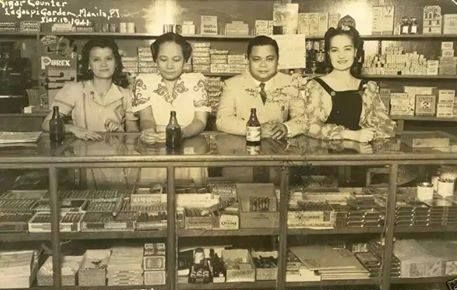
Cigar Counter of Legaspi Gardens, a restaurant hangout for servicemen next to Pier 7 in Manila in 1941.
After liberation, the Philippine tobacco industry began to shift its focus more toward the production of cigarettes. This persisted up until the 1980s.
In the 1990s, Tabacalera was repurchased and received new investment. Workers received formal training from hired Cuban specialists (most notably Cubatabaco’s Alfredo Salinas) on the Cuban style of cigar making.
This marked a return to “totalmente a mano” (totally handmade), the way cigars were traditionally made in the Philippines.
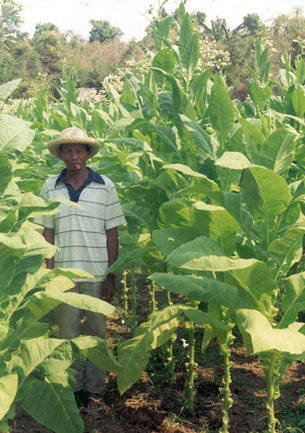
A modern-day tobacco worker in the Philippines
Known as ‘the Manila cigar’, Philippine cigars are typically characterized by a lighter shade of wrapper and are mild and smooth, with a subtle mix of floral, nutty, and toasty notes, finishing with a sweet aftertaste.”
Philippine Cigar Production Today
Today, Tabacalera Incorporada is the direct corporate descendant of Compania General de Tabácos de Filipinas S.A., and is not only the oldest tobacco company in the Philippines, but is one of the oldest in the world.
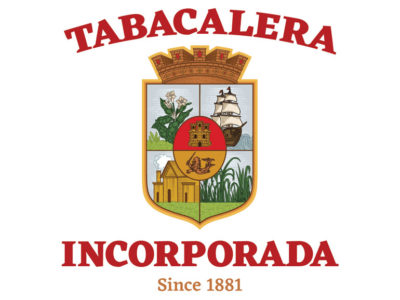
It is still the largest tobacco industry operator in the Philippines, producing approximately 3.5 million cigars a year for domestic and international markets.
Among the cigar brands they produce are, Flor Isla, Calixto Lopez, Tabacalera Isabela, Tabacalera, 1881, and Alhambra. Other popular brands that are produced in the Philippines include Indepencia 1898 and Flor de Filippinas.
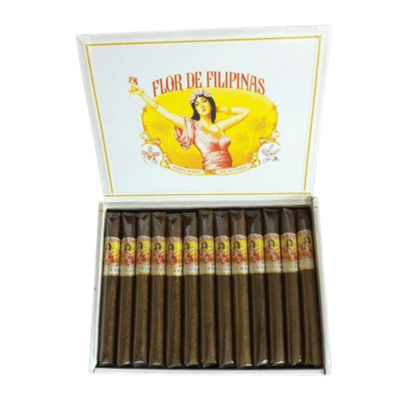
Currently, tobacco varieties such as Native, Burley, Turkish and Virgina are grown in the Philippines, with Virginia being the most common. Though Philippine tobacco is often incorporated in blends with tobaccos from other nations, it is also capable as standing on its own as a puro cigar.
Still known as ‘the Manila cigar’, Philippine cigars are typically characterized by a lighter shade of wrapper and are mild and smooth, with a subtle mix of floral, nutty, and toasty notes, often finishing with a sweet aftertaste.
Though cigars from the Philippines are once again enjoying a growing reputation in international markets, they have been a staple in many markets for decades now. In Canada for example, distributor House Of Horvath has provided millions of Tabacalera Incorporada’s cigars to Canadians for over 40 years.
In comparison to the world’s leading cigar nations, Philippine cigars are very affordable and offer excellent value for a handmade cigar from a country with such a rich, storied history in tobacco.
Even famous British writer Rudyard Kipling once attested to the excellence of a Philippine cigar with a stanza in his 1886 poem ‘The Betrothed’:
“Open the old cigar box – let me consider a while. Here is a mild Manila – there is a wifely smile.”

